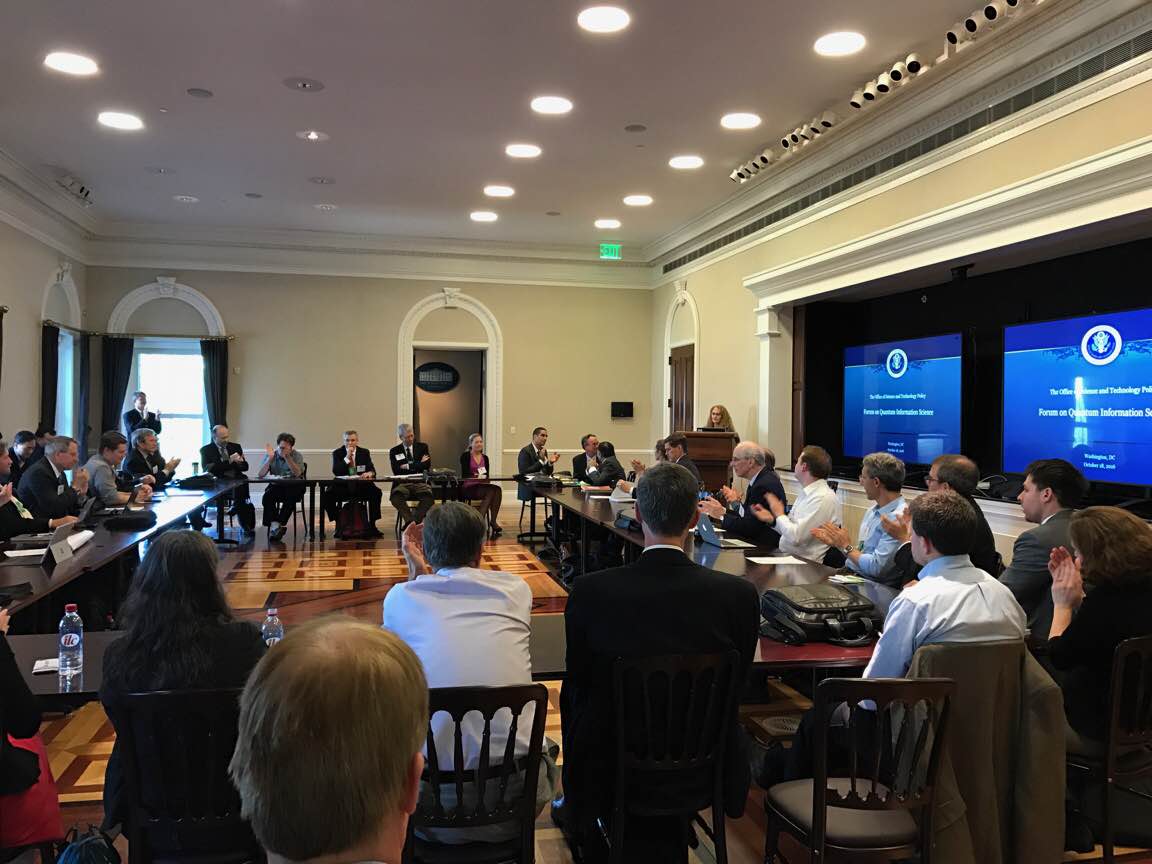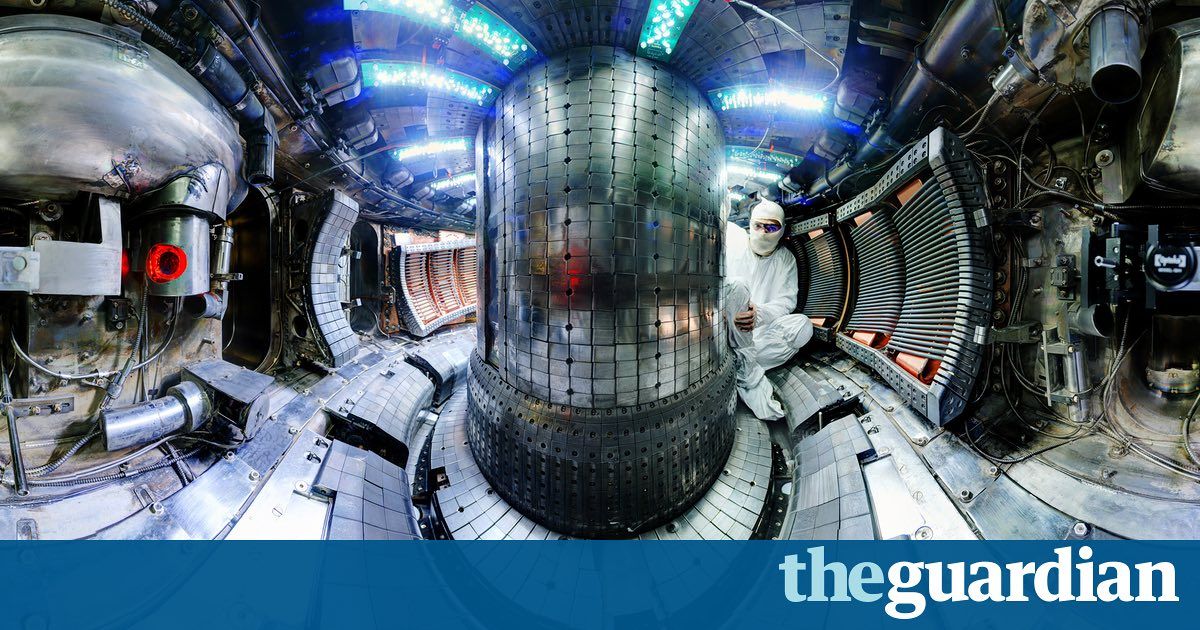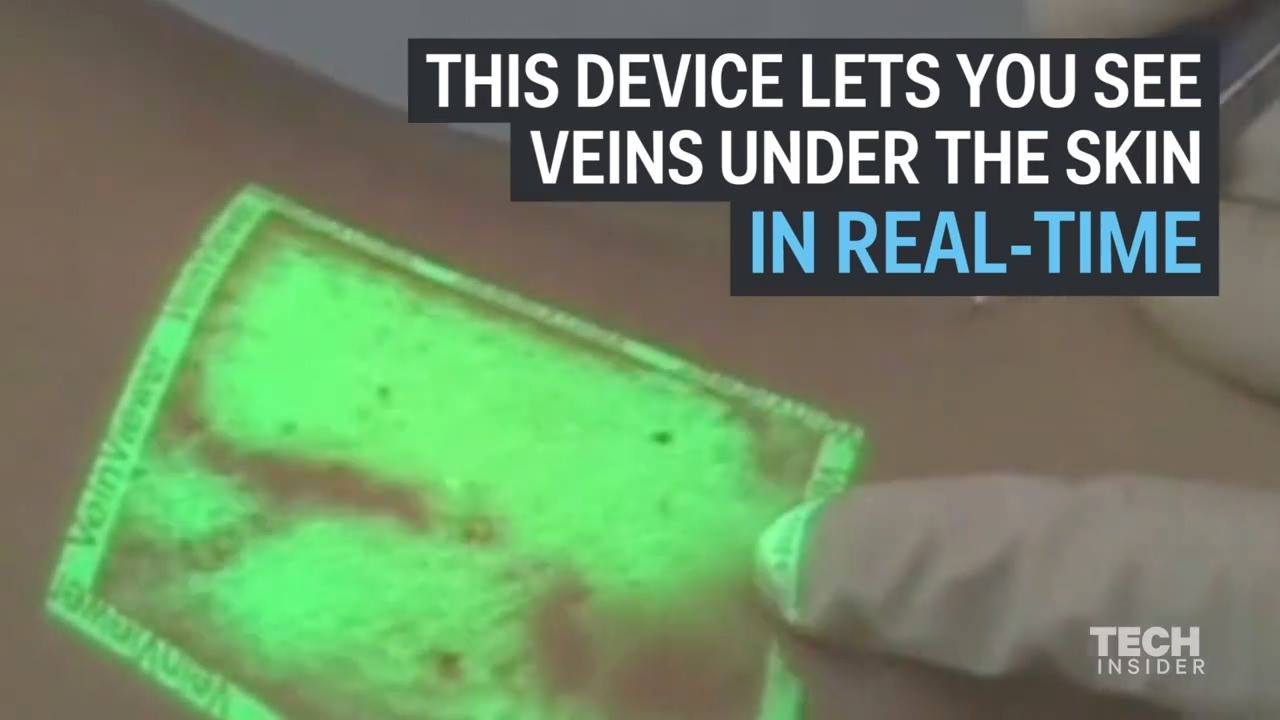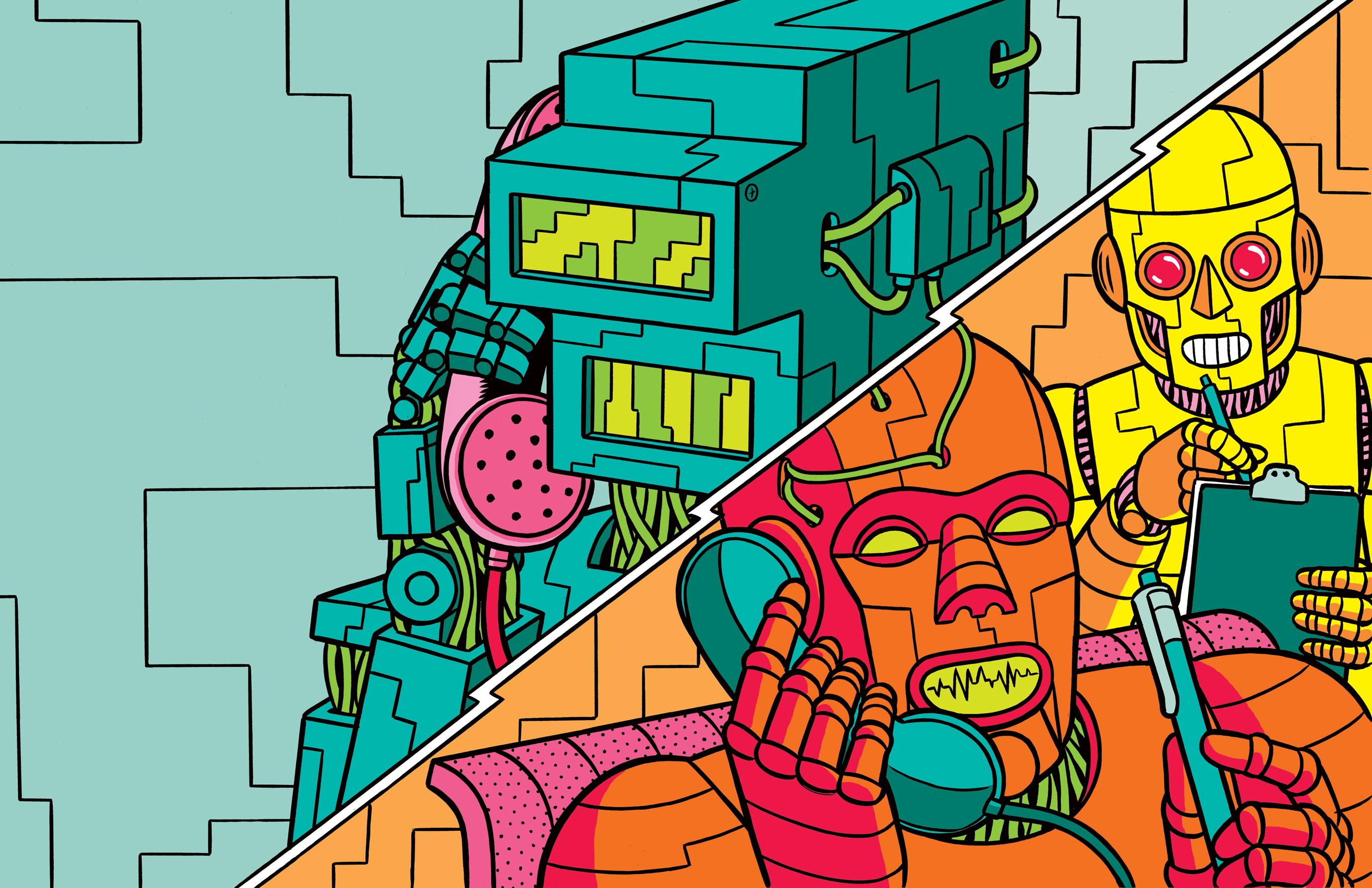Oct 26, 2016
AI Pioneer Yoshua Bengio Is Launching Element AI, a Deep-Learning Incubator — By Cade Metz | WIRED
Posted by Odette Bohr Dienel in categories: innovation, robotics/AI

“For researchers given the right guidance, the market for their skills is enormous. Deep learning is now technology that every big company needs. And there are only so many researchers to go around.”
















